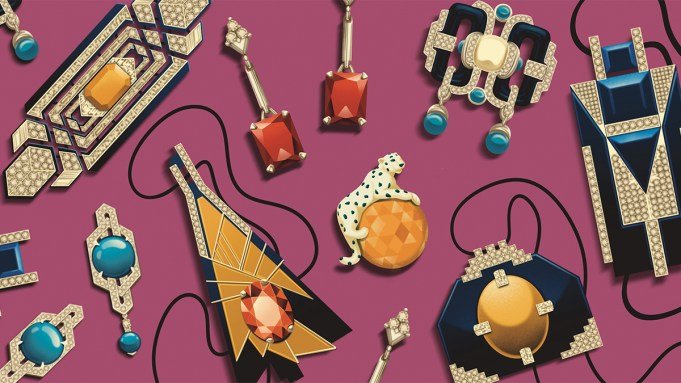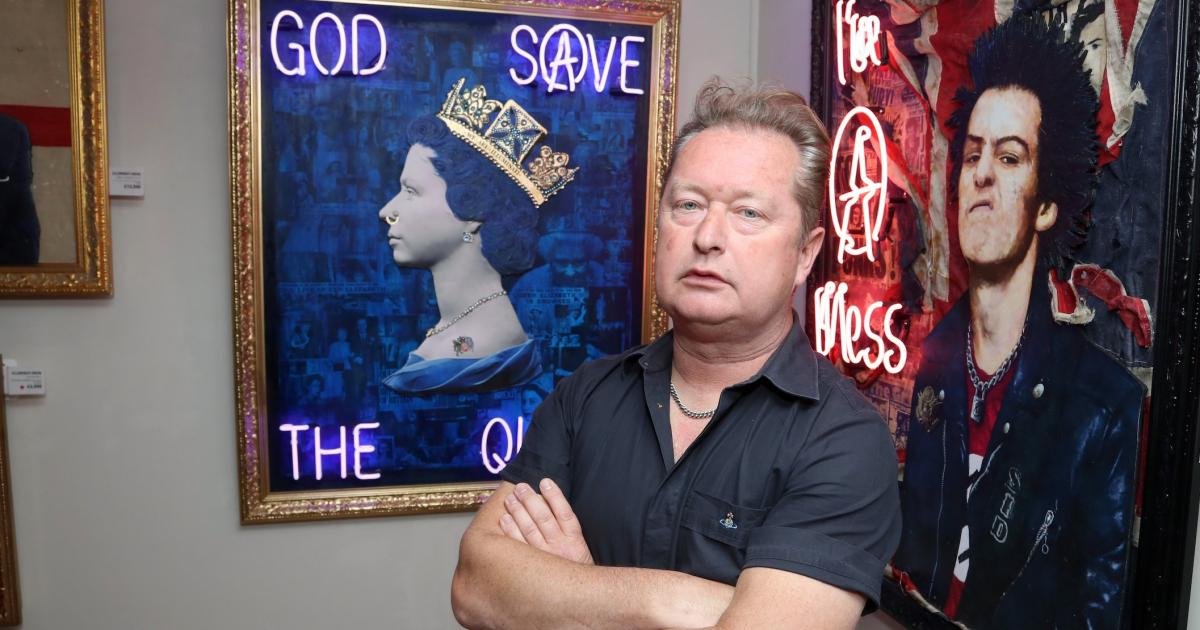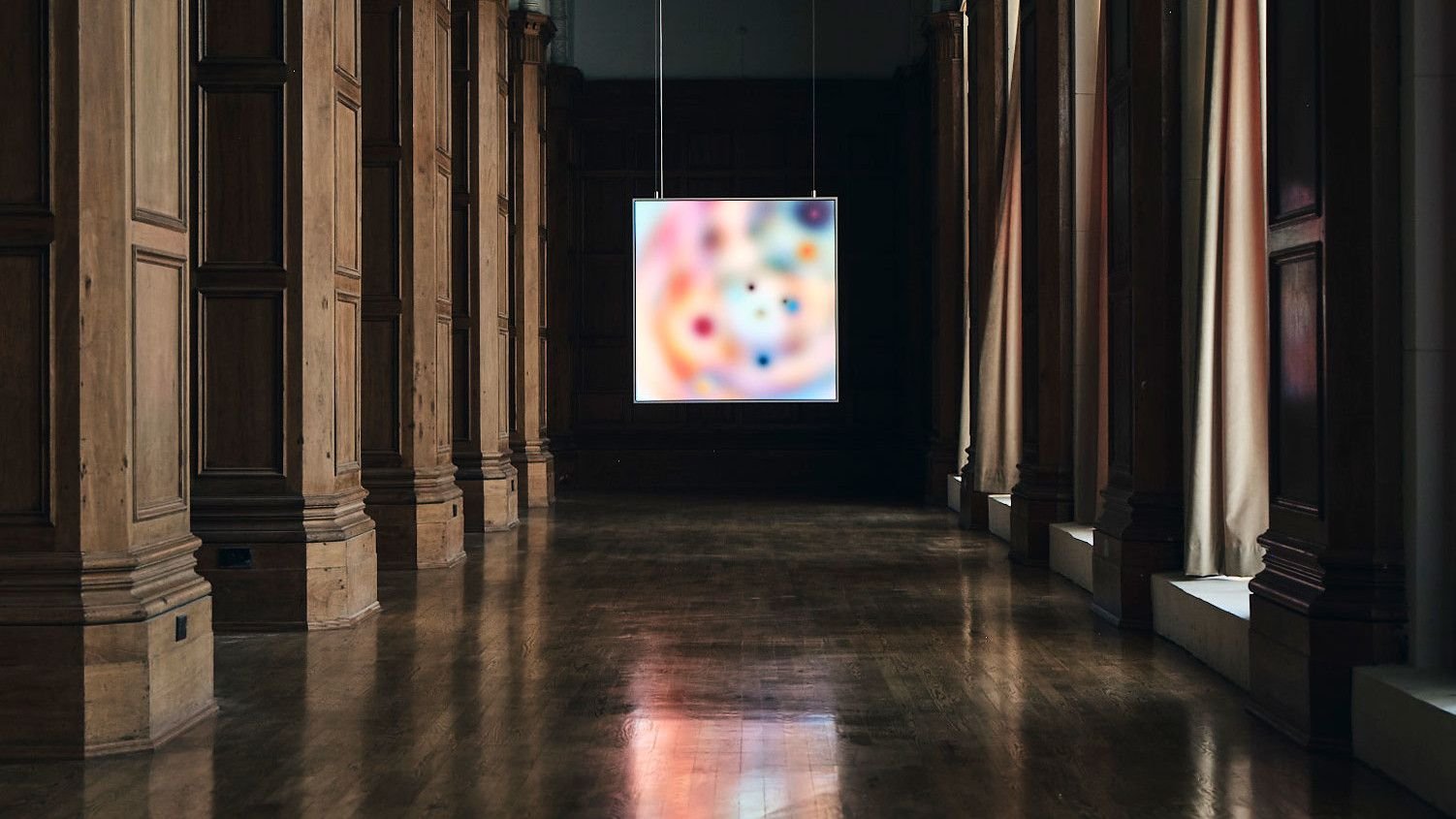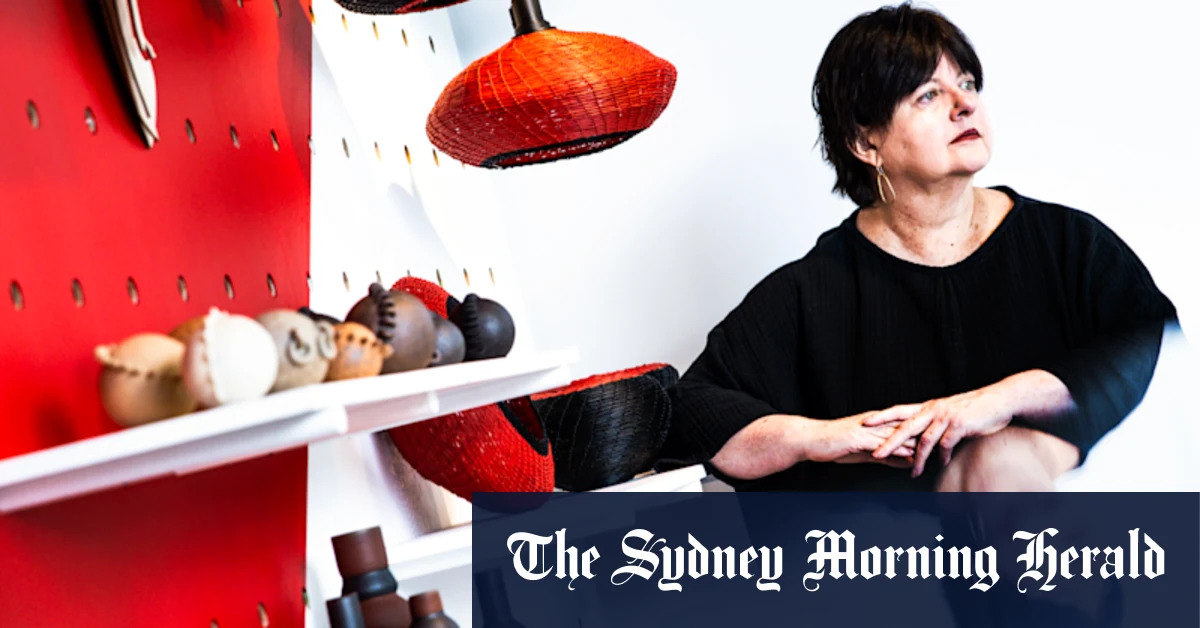
Illustrated by Nash Weerasekera
A mammoth fancy light-yellow diamond cradled in a wire-thin black-lacquer collar necklace may look like a trending design birthed within the past five years—you’ll see many similar versions from today’s high-end jewelers—but the striking Belperron necklace traces its design roots to 1933. It is just one of many examples of Art Deco’s enduring influence on modern joaillerie. This year, as the movement celebrates the centennial of the Exposition Internationale des Arts Décoratifs et Industriels Modernes in Paris, from which it takes its name, jewelers hardly need to pay pointed homage to the early 20th-century style: Its clean lines, geometric shapes, and unusual blend of materials have become ingrained in contemporary design.
Many of today’s most popular motifs took hold in Art Deco’s transformative post–World War I landscape. That’s when the soft, floral themes of the Belle Époque gave way to bolder, sexier designs like Cartier’s Panthère. This fierce feline became an enduring symbol of the house, representing the growing female independence of the period—a cause embraced by one of history’s notorious femmes fatales, Wallis Simpson, the Duchess of Windsor, who famously collected many of the slinky pieces. A rare vintage articulated-yellow-diamond Cartier Panthère brooch from Yafa Signed Jewels is similar to a coveted bracelet worn by Simpson and, as a result, is now priced in the seven figures.

The Belperron necklace dates back to 1933.
Photographed by Janelle Jones/Styled by Miako Katoh
Advancements in technology also pushed the era’s jewelry forward in ways that have echoed throughout the decades. The dawn of the automobile age, for instance, spurred fascination with machinery, influencing designs like the cabochon spheres that evoke ball bearings in many Cartier pieces of the time. The chrysoprase cabochons on a necklace from the house’s 2025 high-jewelry collection demonstrate their enduringly graceful symmetry. The stepped diamond arcs on a recent Graff cuff, meanwhile, hint at the spire of the Chrysler Building, another quintessential Art Deco form and emblem of progress.
Many of the jewelers who defined the period would likely be stunned to see the self-driving cars, smartphones, and supercomputers of the digital age. But perhaps they would be pleasantly surprised to find that their creations, shaped by the technology and ethos of their era, continue to inspire jewelry in the 21st century that looks almost exactly as they envisioned it 100 years ago.







